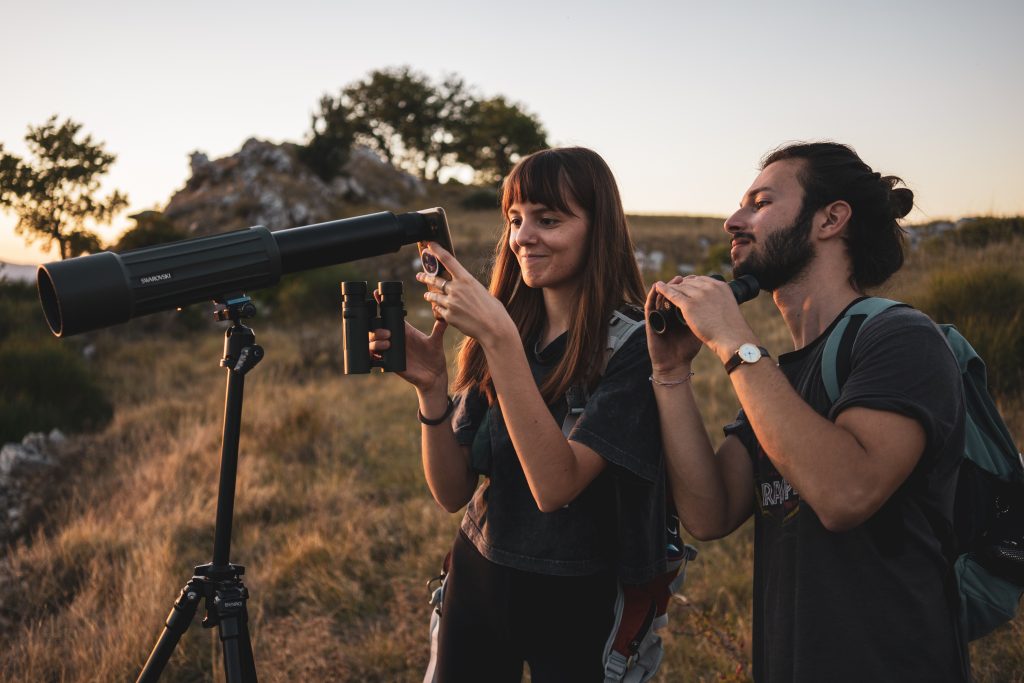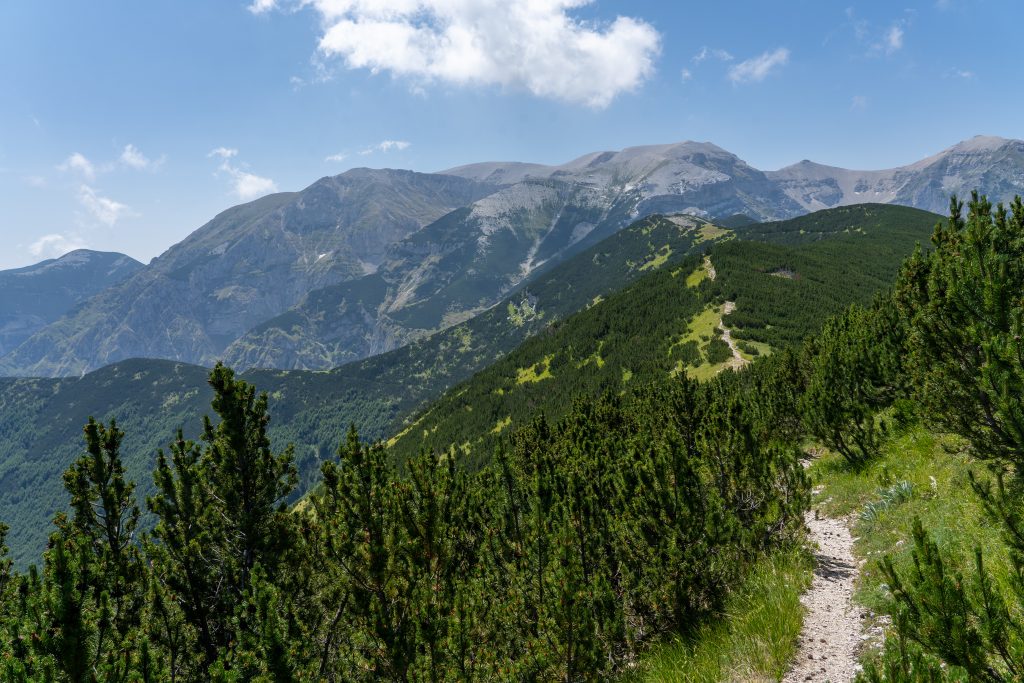Nature tours
As a zoologist and qualified environmental guide based in Italy, I offer wildlife watching, and nature centered treks. I am an official guide associated with the Italian Association of Environmental Guides (AIGAE), and official guide of Sibillini National Park (PNMS).
During my treks, you will be able to learn about local fauna and flora, the history of the place, principles of biodiversity conservation, along with the problems that relate to the specific areas I operate in.
The region I mainly operate in is Umbria, the green heart of Italy, where I currently live.
DAY TRIPS
Central Italy is one of the regions with the highest percentage of woodland cover. The area’s landscape where woodlands and mountains embed meadows and small medieval villages, allow nature to reign freely as the only queen in many parts of the region.
Here, animals such as meadow vipers, the yellow bellied toad, spectacled salamanders, short-toed snake eagles, wolves, apennine chamois, live wild and free in their habitats. With a bit of luck we will be able to see many more species!
The main destinations we will aim for in our nature tours are listed below, along with a small description of the site, and some animals that can be found particularly on the given site.

Mount Bove
Monte Bove (2,169 m a.s.l.) is a mountain located in the central-northern part of the Sibillini mountains. The north slopes are bordered by the gorge of Ussita stream, while the south overlooks the Vallinfante valley, connecting with the ridge line of the mountain group with Passo Cattivo. The east side overlooks Val di Panico valley, while the west looks over the valley of the Ussita. This area of the Sibillini is one of the only ones to host a stable population of Apennine chamois, one of the rarest mammal species in the world. Depending on the time of the year, it is possible to encounter numerous migratory bird species, wild orchids, and the elusive meadow viper.

Martani Mountains - Torre Maggiore
The peculiarity of the karst formations of this mountain, and its vegetation makes it distinguishable from the neighboring ones, closing the chain of Martani above the Terni basin with a vaguely dolomitic aspect. These characteristics have allowed species such as the italian wolf, the short-toed snake eagle and the endemic northern spectacled salamander (Salamandrina perspicillata) to survive in this area, despite the proximity to the city of Terni, and the semi-arid climate that occurs in summer. Walking along its suggestive paths we will cross ancient temples, stone walls, fountains, romanic churches and medieval ruins for a real
naturalistic and historical immersion.

Monte Fionchi
The karst formations, as well as the abundance of water, make this area distinct from the nearby Monti Martani previously described. The characteristics of this area allow amphibians such as the apennine yellow-bellied toad, the spectacled salamander and the Italian stream frog to live in optimal conditions despite some threats (which will be dealt with extensively during the excursion). Well hidden among the valleys, woods and rocky formations that surround Mount Fionchi, live most emblematic mammals of Umbria such as the italian wolf, the wild cat and various species of Mustelids, of which you can easily find tracks and signs. Along various paths that wind through woods and pastures we will meet numerous water troughs, at which it will be possible to drink spring water.

Monte Coscerno
The territory included in the municipality of Poggiodomo develops almost entirely along the north-eastern slope of Mount Coscerno massif (1684 m a.s.l.). The summit area of the mountain has an elongated dome shape in the north-west – south-east direction and has a system of sinkholes that can be seen above surface. On the wide meadow that extend from the top of Coscerno along the slope of Poggiodomo, it is found the only “blueberry station” in Umbria. The summit area, which is protected, hosts rock partridges and hares, the main prey of the golden eagle that has its privileged hunting territory here. In spring the secondary pastures are colored thanks to extensive blooms of spontaneous orchids, lilies, and many other Apennine flowers.

Monte Aspra
Mount Aspra (1652m) represents the highest peak in the province of Terni, as well as the second highest mountain of the Nera Valley. The eastern side overlooks Leonessa’s Valley and the Reatini Mountains chain. To the west it falls into the Valnerina, with very steep and recessed gullies that give rise to gorges, where it is possible to find centuries-old vegetation of beeches, maples and black hornbeams, as well as the endemic Italian Cave Salamander (Speleomantes italicus). This beautiful promontory culminates with immense summit meadows, interrupted by strips of beech forest that will accompany us to the summit. During our excursion we will explore this area rich in biodiversity, including orchids, herpetofauna, birds and mammals that characterize the area.
WILDLIFE WATCHING WEEKENDS
Nature is better enjoyed at a slower pace, meaning that you need more days to fully immerse yourself in it. Wildlife watching weekends is what you need: a three day experience discovering the wildest corners of Central Italy, equipped with binoculars, spotting scopes, boots and your personal camera!
Here, animals such as meadow vipers, the yellow bellied toad, spectacled salamanders, short-toed snake eagles, wolves, apennine chamois, live wild and free in their habitats. With a bit of luck we will be able to see many more species!
The main destinations we will aim for in our nature tours are listed below, along with a small description of the site, and some animals that can be found particularly on the given site.



Available Locations
- Monti Sibillini National Park - Spring, Summer, Autumn, Winter
- Wilderness in Southern Umbria (Valnerina & Monti Martani) - Spring, Summer, Autumn
- Majella National Park - Spring, Summer, Autumn
- Deer Rutting Season (Majella National Park)- Autumn
- Abruzzo, Lazio & Molise National Park - Spring, Summer, Autumn, Winter
TAILOR MADE TRIPS
Italy is one of the most biodiverse countries in Europe, and you should really be spending times outside of museums and churches as well.
If you’d like to plan with me a tailor made experience for your family, friends or group, just write me an email. We can plan together your dream trip in Italy, looking for the most iconic species of the peninsula, spending nights camping under the stars or in a cozy B&B!
For extra information and costs of my selection of nature tours please contact me.